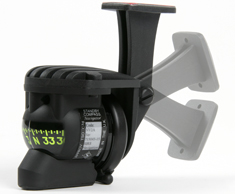jliltd
Active Member
In further review of the STC Installation instructions for the G5 with GMU 11 remote magnetometer, there is a sentence explicitly forbidding removal of the whiskey compass after installing the GMU 11 in concert with the G5.
Section 2.1 reads, "As installed by this STC, the G5: cannot replace the non-stabilized magnetic compass (Whiskey Compass must be retained in the
aircraft)."
So that trumps all FARs, Advisory Circulars and Definitions. So no, you cannot replace your existing compass with a G5 with GMU 11 as primary magnetic direction indicator source.
This is also true when installing the GMU 11 in concert with the G3X Touch for Certified Aircraft for Part 23 installation. In that particular set of instructions you are required to re-calibrate the whiskey compass after installing the G3X Touch.
So no bye, bye compass. You might be able to re-mount the compass somewhere like a panel hole.
Jim
Section 2.1 reads, "As installed by this STC, the G5: cannot replace the non-stabilized magnetic compass (Whiskey Compass must be retained in the
aircraft)."
So that trumps all FARs, Advisory Circulars and Definitions. So no, you cannot replace your existing compass with a G5 with GMU 11 as primary magnetic direction indicator source.
This is also true when installing the GMU 11 in concert with the G3X Touch for Certified Aircraft for Part 23 installation. In that particular set of instructions you are required to re-calibrate the whiskey compass after installing the G3X Touch.
So no bye, bye compass. You might be able to re-mount the compass somewhere like a panel hole.
Jim

